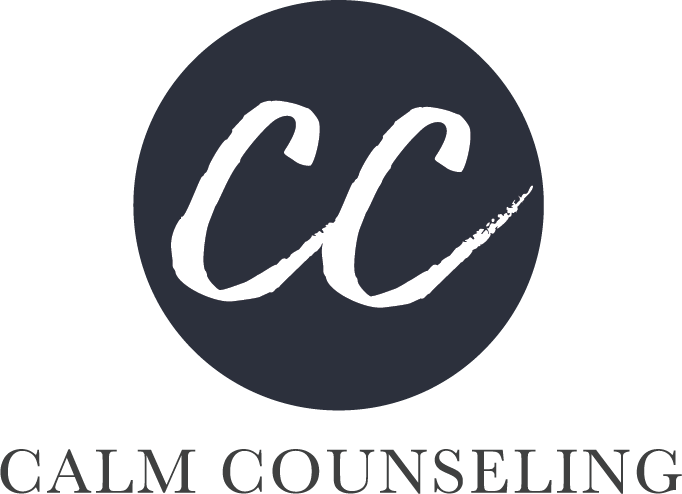Don’t Look Up: Our Summer of Active Avoidance [Blog Post]
By Kathryn Garland, LCSW-S, CEDS & Vanessa Scaringi, PhD, CEDS-S
This summer could easily have been categorized as a summer of collective avoidance. After 3 years of being cautious, hypervigilant, and anxious, people were ready to let go and let loose. Therapy practices, previously packed to the gills with long waitlists, suddenly found themselves with availability for new client admissions and empty waiting rooms. “Everyone is in Italy” was a common phrase that resounded around the halls of our practice to explain the strange recurrence of a “slow summer”. Sleepy summers hadn’t existed for anyone in the mental health field in several years. It could make you envious, sitting in front of a computer screen with a wide-open calendar, as a therapist who wasn’t in Italy.
As had typically been the case, before the onset of Covid, many people were traveling and taking super long trips during the summer months. This had always been the natural flow of things, prior to the soring rates of depression and anxiety that accompanied the rise of a global pandemic. Perhaps folks were flocking to cooler weather or perhaps they were escaping other realities beyond the sweltering, summer inferno that encompassed the globe. There is obvious inherent privilege in those able to vacation and “get away” at will. Many are not able to even consider escaping, either the heat or the difficult realities they face at home.
Despite its many layers, its useful to validate just how intense the need to escape has been lately. Collectively, we experienced three consecutive years of uncertainty and perhaps that alone was enough for folks to just want to get the hell out of dodge and take a long trip. More generally, there seems to be a need to avoid, beyond just the public health crisis. All the political uncertainty, soon to be reignited, along with climate fears and continued economic stress have left people hurting and wanting to disconnect from it all
Earlier this summer, the US Surgeon General declared an “epidemic of loneliness”. We know the stats, there is a mental health crisis among teens and adults. Suicide rates were higher in 2022 than ever. Things are quite bleak in terms of how people are feeling. A summer off sounded glorious when the alternative was having to confront all the unhappiness in the world at home. Two foundational components of finding security in our attachments are “pain avoidance” and “comfort seeking”. Mom would either distract you from the newly acquired scraped knee and/or wrap you in a warm embrace after the fall. Avoidance and comfort, they go together like peas and carrots.
Who could blame any of us for wanting to look away or find a tiny bit of respite from our troubles? But now what? Despite the temperatures remaining high, summer is almost over - yet the uncertainty continues. We don’t know what is in store in terms of Covid or climate change or politics. But one thing that we do know, the timeless coping style of avoidance has a short shelf life. In other words, in the long run – it doesn’t work. We will need to face the bad feelings and the ambiguity of the future. As clinicians, we know that the only way to help people is to meet them where they’re at. It is through connection and understanding that we can build resiliency and find ways to cope in a precarious and rapidly changing world.

